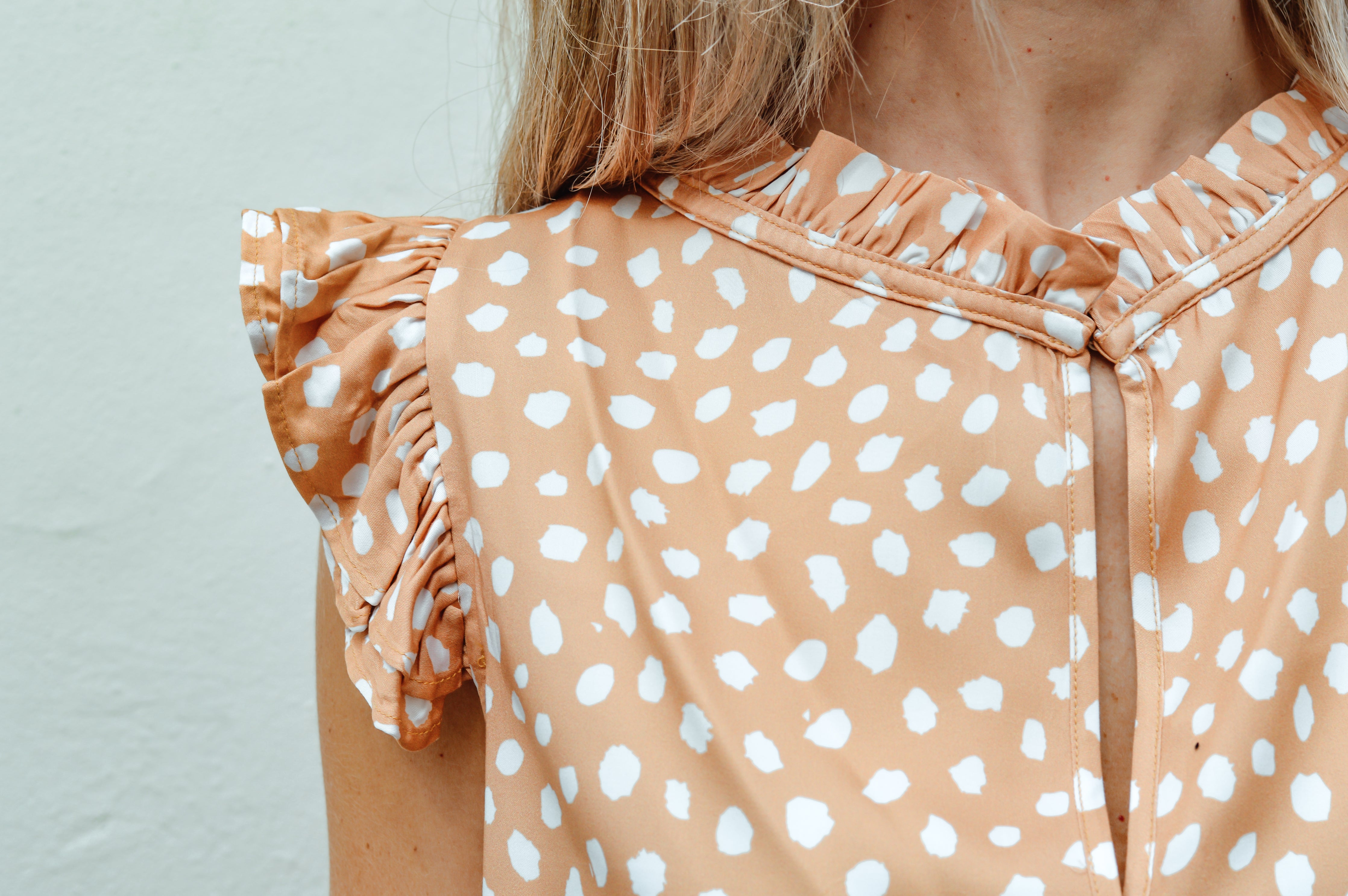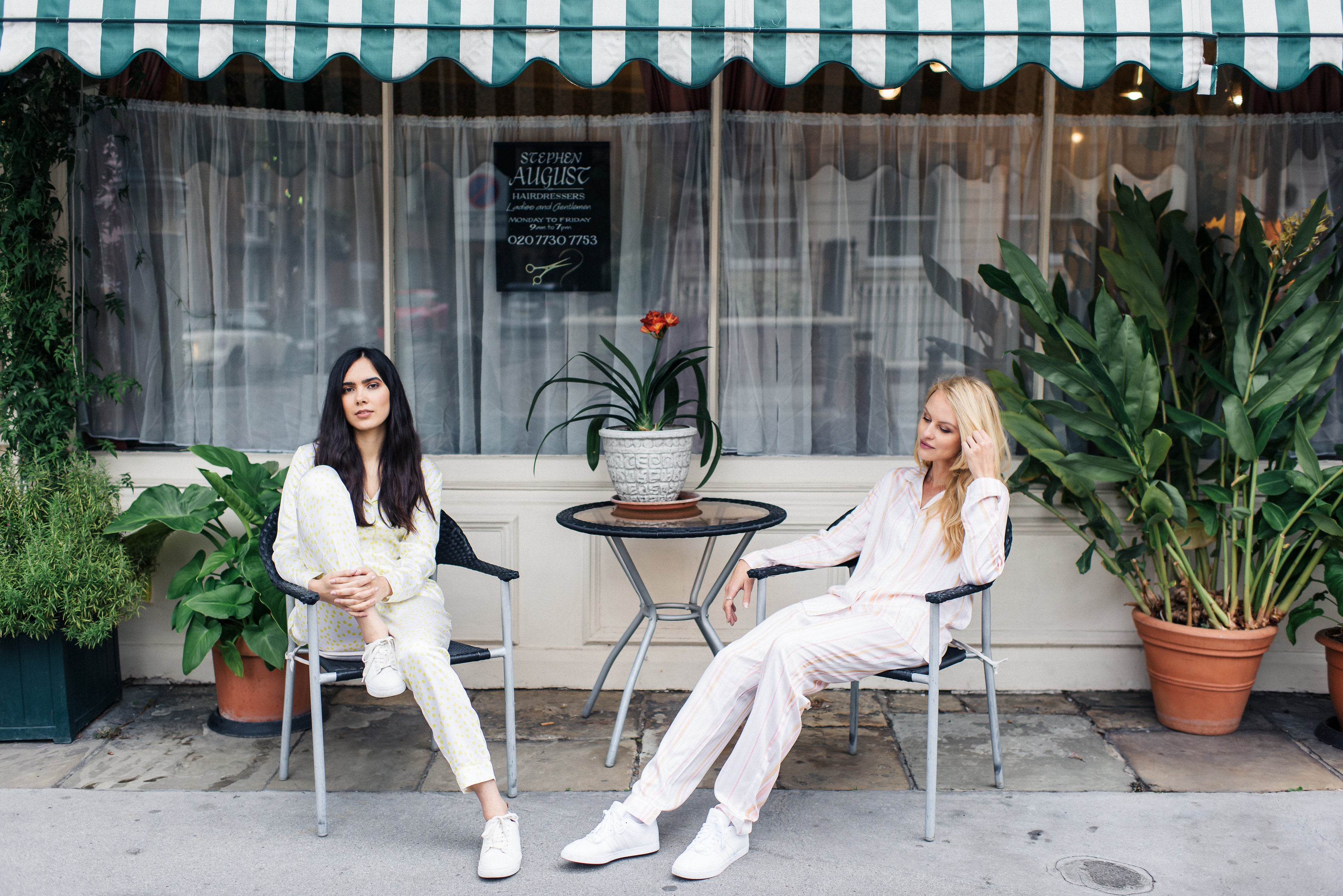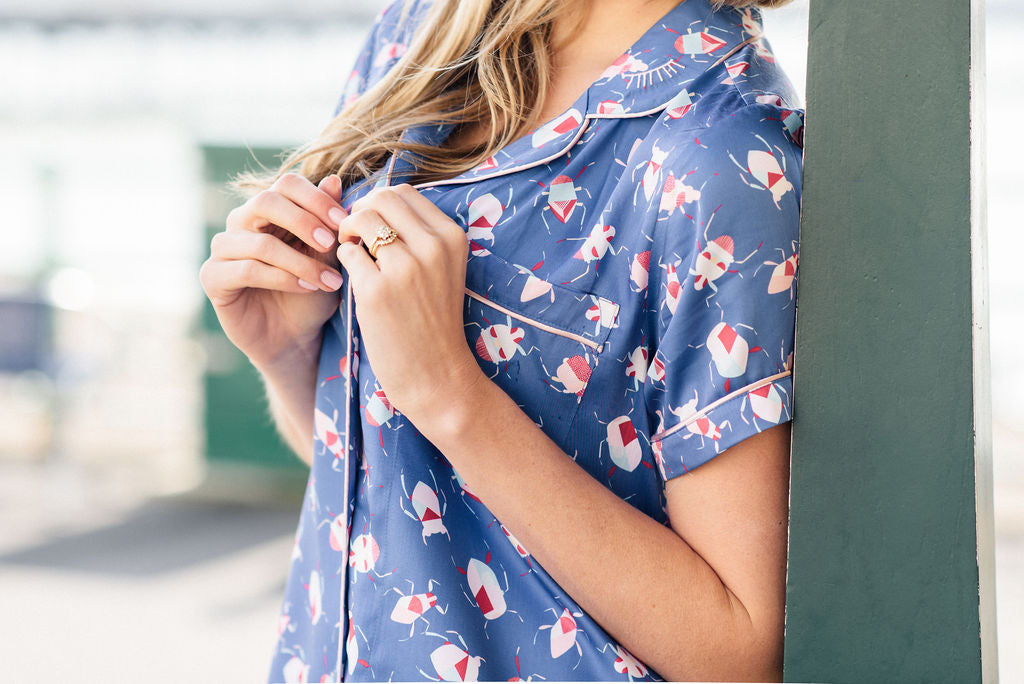Why Bamboo Fabric is Sustainable

In honour of Earth Day coming up soon, I thought it would be a good idea to just touch on the making of the fabric that we use here at Nightire, called bamboo. You might have heard of bamboo's temperature regulating or super soft properties, but did you know this lovely plant is also sustainably sourced and vegan?
Bamboo is a natural, renewable resource that can be crafted into a soft, viscose fabric, which is what you will find here at Nightire. It was first manufactured in clothing format in China many decades ago – which is also where we source our bamboo today. Why is this a great fabric?
- Bamboo is naturally pest-resistant and can help rebuild eroded soil. Ours is grown certified organic without chemical fertilisers, herbicides or pesticides.
- The bamboo plant grows fast, and the root network is so strong that you harvest it much like cutting grass.
- Bamboo absorbs five times more carbon and produces 35 times more oxygen than a similar-sized stand of trees.
How is bamboo processed into fabric?
There are basically two ways to make the plant into a fabric: mechanically or chemically.
Mechanical (for bamboo linen)
Here, the woody parts of the bamboo plant are crushed and natural enzymes are used to break the bamboo walls into a mushy mass so that the natural fibres can be mechanically combed out and spun into yarn.
Chemical (for bamboo viscose)
This is the most common way to process bamboo into fibres, which is also how we get our Nightire fabric made, using sodium hydroxide and carbon disulphide, to process the plant into fibres. The leaves and woody shoots get soaked in these enzymes; a process which is called hydrolysis alkalisation. This heavy bamboo solution is forced through spinnerets dotted with tiny holes, then separated into threads for spinning, dying, weaving etc.
Hope that helps to shed a tiny bit more light on the bamboo fabric that you (hopefully) sleep in every night.



